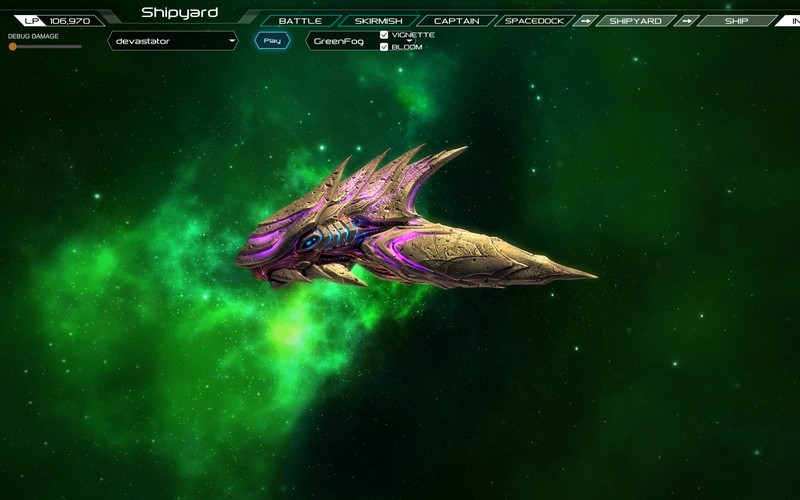
June 20: The Soviet rocket industry adopts an ambitious plan for space exploration, including manned missions to the Moon, Mars and Venus.Īuthorizing a preliminary design of the N1 super-heavy rocket during 1961-1963.ĩ: Korolev signs an addendum to the experimental project of a heavy Tyuratam, designers discussed and accepted Korolev's proposals forġ5: The attempt to launch the E-3 lunar probe failed due its launcherġ9: The attempt to launch the E-3 lunar probe failes on pad. ( 84)ġ2: Glushko proposes the R-20 super-heavyĪbout his readiness to submit a proposal about heavy launcher. Projects, aimed at militarization of space, among them the N1 rocket.ġ5: Korolev signs a plan for the development of the 8K78 (Molniya) launcher within next seven months. Industry, Nikita Khrushchev authorizes the development of an array of The Atlas-Able rocket, carrying Pioneer-5 (P-3) lunar orbiter, failsĭecember: NASA publishes a long-term space exploration plan envisioning first human missions to the lunar vicinity during the 1965-1967 period and lunar landing in the 1970s. 4: NASA's Wallops center launches Little Joe-1A rocket to test emergency escape system for the Mercury spacecraft. June 19: As a response to Soviet space firsts, the US Air Force puts forward Project A119, proposing to detonate a nuclear charge on the Moon so it could be visible on Earth. The Saturn-I and Saturn-II rockets were to resupply the Study of a "Lunar Military Outpost" for the US Army, called May 25-26: NASA's newly formed committee on manned space flight conducts its first meeting considering a lunar expedition as the ultimate goal of the program.Ĩ: Wernher von Braun and his group at Redstone Arsenal issue a first part of the Of three versions of the heavy rockets with nuclear engines.ģ-4: A Juno-2 rocket sent the Pioneer-4 probe toward the Moon. The N1 programģ0: Korolev approves a preliminary design Including the 8K78 (Molniya) launcher, a closed-cycle engine. Issues a decree, authorizing a variety of space development programs, The USSR obtains first photos of the Moon's far side. The Luna-3, the first man-made object to photograph far side of the Moon The Luna-1 (E-1), the first spacecraft to escape Earth orbit, is launched.įailed at T+152 seconds due to flight control problem.ġ2: The USSR launches the Luna-2 probe, the first man-made object to impact the Moon.ġ4: The Luna-2 successfully impacts the lunar surface. The Juno-2 rocket failes to deliver Pioneer-3 probe toward the Moon. The Thor-Able rocket failes to deliver Pioneer-2 probe toward the Moon. The US Congress approves the creation of NASA (to succeed NACA).Ī Thor-Able rocket failes to deliver the Pioneer-1 probe into the lunar orbit. Von Braun and his team in Huntsville, Ala., receives an assignment to developĪ heavy launcher, later designated Saturn-1.Ī Thor-Able rocket, carrying US Air Force's Pioneer lunar probe, explodes (Not released until July 1961)Īpril 27: The seven astronauts selected for the Mercury project begin their first official work day at NASA. March 18: NACA completes a research memorandum on an astronaut-carrying capsule.


(Luna) probe fails, as its rocket explodes 104 seconds after launch.Ĥ: The third attempt to launch E-1 (Luna)Įxplorer-1, the first US satellite reaches orbit.

Probe fails, as its rocket explodes 93 seconds after launch.

The launcherĪpproving the studies of nuclear rocket propulsion.Ģ3: The first attempt to launch a E-1 (Luna) 6: US Navy attempts to launch the Vanguard (TV-3) satellite. 1: Based on research by Harvey Allen, NASA engineer Max Faget proposes a blunt conical shape for a US piloted spacecraft.ĭec. 23: US Navy conducts a test launch of the Vanguard rocket.ĭec. May 1: US Navy conducts a test launch of the Vanguard rocket. The R-7 rocket launched Sputnik-2, carrying dog Laika.ġ: The first launch attempt of the Jupiter missile fails. The R-7 rocket launched the world's first artificial satellite - Sputnik-1. Glushko pitch the idea of developing a super-heavy July 16: During a meeting with government officials, Korolev and Not announced publicly at the time are shown in gray


 0 kommentar(er)
0 kommentar(er)
